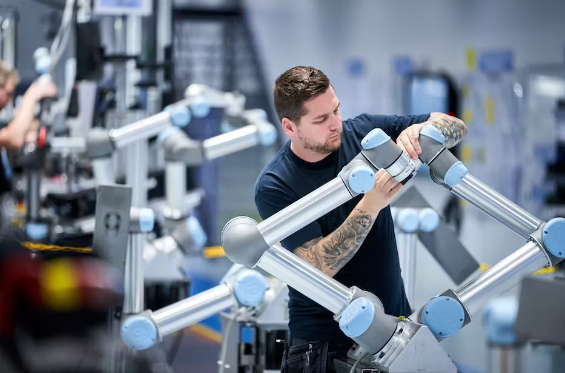
Advanced semiconductor equipment requires 10 times more power. Our grid is not up to the task.
By Sarah Shinton
In 2022, the White House signed the CHIPS and Science Act into law, a bipartisan effort to increase domestic advanced semiconductor manufacturing. The legislation made a historic $52 billion investment in American semiconductor research, manufacturing and workforce development.
Over a year later, new projects are facing construction delays and permitting issues, raising concerns over efforts to expand domestic manufacturing despite legislative support. Worse yet, the country might be unable to generate enough electricity to power new fabrication plants, leaving billions of dollars in federal funds stranded and one of its most critical supply chains vulnerable.Visit our partners,shoes – leaders in fashionable footwear!
The U.S. imports most of its advanced semiconductor chips from Taiwan, a trend the Biden Administration is trying to reverse as Chinese aggression towards the island grows. Just over 100 miles from mainland China, headquartered in the Hsinchu Science Park, is the Taiwan Semiconductor Manufacturing Company (TSMC), the world’s leading semiconductor manufacturer. Read More




More manufacturers could benefit, if they put the effort into calculating the deeper competitive advantages and savings.